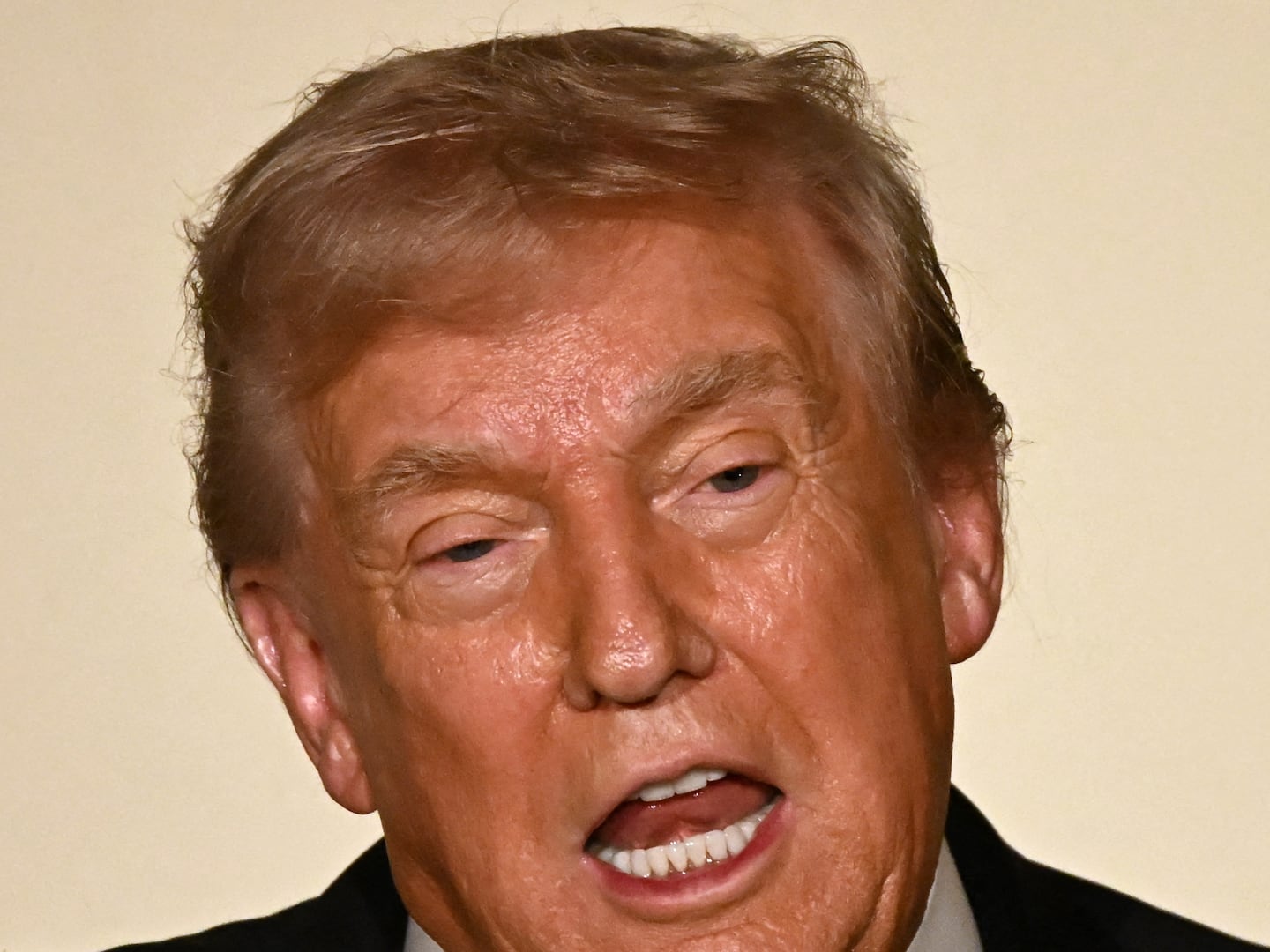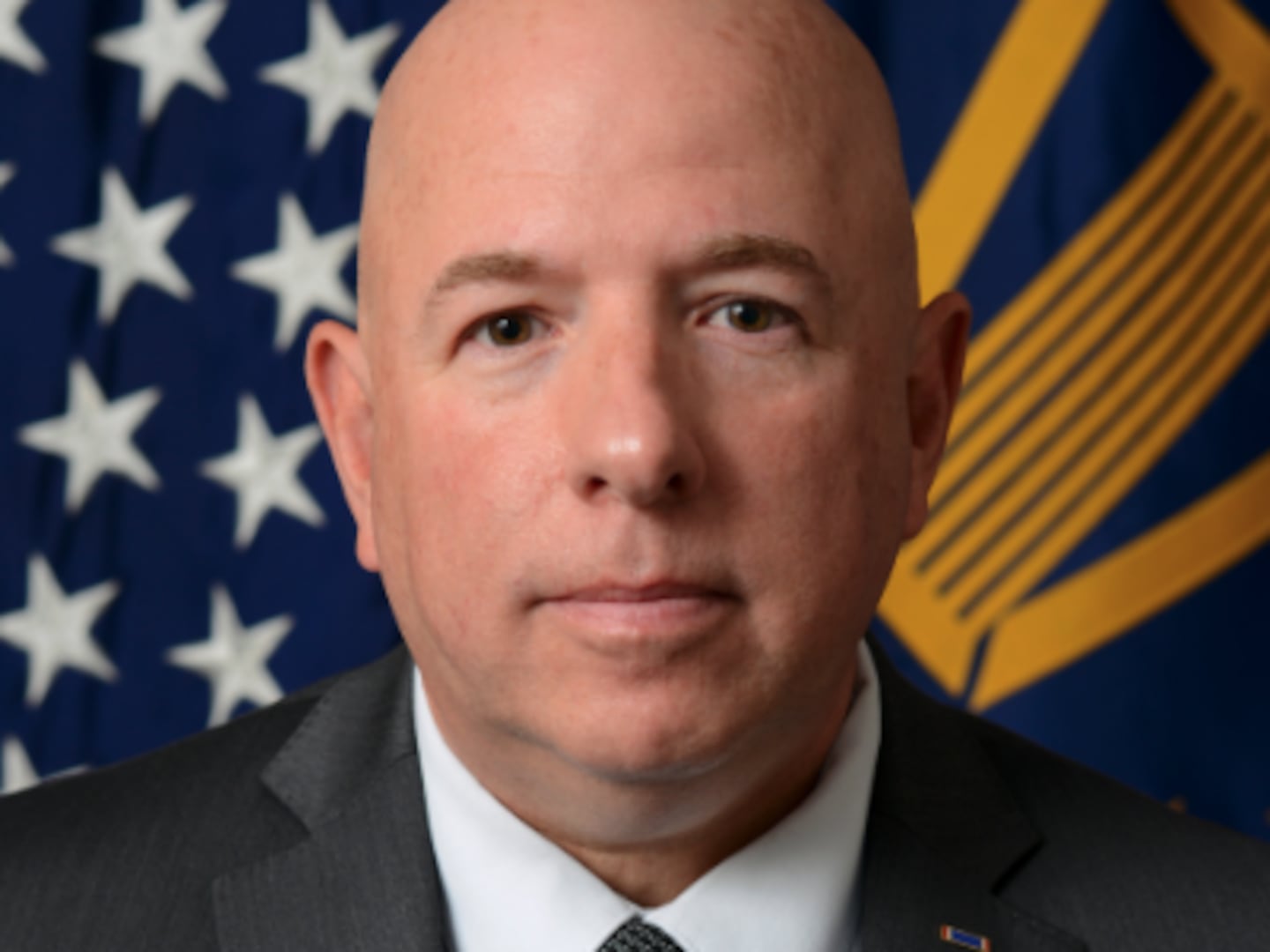Up until 2014, no meth lab had ever been found in the Netherlands. Today, they are sprawling across the Dutch countryside. This year alone, 19 labs were found and dismantled as the Dutch police brace themselves for a veritable crystal meth tidal wave.
“Mexico is traditionally specialized in the production of meth and we, as the Netherlands, have the dubious honor of being one of the main producers of MDMA and amphetamine. Those two worlds are now finding one another,” Andy Kraag, head of the Dutch Criminal Investigations Division, told The Daily Beast. The profit margins for crystal meth are crazy: Kraag calls it a “perverted incentive;” the kind of temptation that is too hard to resist for any ambitious drugs trader. And there are plenty of traders like that to be found in the Netherlands.
It was a recent development of a chemical nature that set the Mexican cartels and Dutch criminal networks on a common path to meth; Dutch ecstasy labs realized methamphetamine could be derived from a substance related to the production of MDMA, also known as “molly.” It’s an easy transition to make for MDMA labs; all the resources, facilities and ingredients are already available to them. Even the infrastructure and the smuggling routes from the Netherlands to the rest of the world are in place.
“All the beautiful aspects of this country are being abused,” Kraag says. “The fact that we are a tolerant country; the fact we are the gateway to Europe, via Rotterdam [the biggest harbor in Europe]; and that we have a mild sentencing climate. We have the best internet infrastructure in the world, we have an excellent infrastructure, and a traders’ mentality. They are all reasons why we flourish and are wealthy, but it is also a feeding ground for the drug trade in the broader sense. That is one of the reasons the synthetic drugs have been able to get such a foothold.”
All the Dutch drug makers needed was someone to show them the highly skilled techniques for manufacturing high-grade methamphetamine.
Making meth is a complicated process and the Dutch are “thankfully not very good at it yet,” says Kraag. It is the Mexican ‘cookers’ who are teaching the Dutch MDMA labs how to shift from ecstasy to crystal meth production. “We find Mexicans that were flown in to do the crystallization for them.”
The main problem for the police is that these criminal networks are notoriously fluid and built on opportunist collaborations. It makes them extremely difficult to combat. The Dutch national synthetic drugs team consists of a hundred detectives focused solely on tracing and mapping out drug production syndicates and targeting their key leaders and facilitators. It is part of the greater national police forces working on different drug related topics, varying from money laundering to drug-related violence, in close cooperation with the regional police.
The crystal meth concocted in Dutch labs is not meant for the local market, the substratum of crystal meth users in the Netherlands is fringe. This is the production line for users elsewhere, from Eastern European countries, all the way up to parts of Asia and Australia. “Crystal meth is, and has been, on the rise worldwide, especially in Asia and Australia at the moment,” Kraag explains. But the main reason for the emergence of Dutch meth is, as always, the money to be made. “Crystal meth has much higher profit margins than MDMA, it multiplies the margin by 10.”
The drugs business is a multibillion-dollar industry. With so much money involved, the stakes are high, and the business is hardening. If the surge in meth labs wasn’t disturbing enough in itself, the influx in Mexican instructors means members of the Mexican cartels are now integrated into the Dutch criminal eco-system.
The Dutch drug trade is becoming increasingly violent—gruesome even. Earlier this year, the authorities discovered a soundproof prison built by a crime syndicate in a huge rural warehouse. Seven makeshift prison cells were found including a fully-equipped torture chamber. Items discovered in the cells made from shipping containers included cuffs, guns, tools likely used for torture, as well as several police uniforms.
The exposure of the underworld prison was part of the biggest ever Dutch investigation. From April to June this year, the Dutch police gained access to all data flowing through the French-based EncroChat platform, an encrypted communications network widely used by Dutch criminals. Over the course of the joint Dutch and French investigation, the police intercepted and read over 25 million messages, as they were sent, in real time.
“That’s how we get a blueprint of what’s really going on,” Kraag explained. To the hundreds of detectives, analysts and experts on the job, it gave live insight into how the drug business is run on a daily basis.
“Some of the messages were so worrying, it went far beyond our imagination,” said Janine van den Berg, chief constable of the Dutch Central Police Unit, during a press conference. “It was as though we were sitting at a table at which criminals are chatting amongst themselves.”
The investigation was a major success, resulting in over 800 arrests and the seizure of around $25 million in cash and vast quantities of cocaine meth and dozens of weapons. It also exposed Dutch criminal networks, their crime bosses, major figures, the trade and workings of the business. But it wasn’t all good news for the Dutch authorities; the encrypted communications also revealed that civil servants in key positions were bribed, and there was corruption within the police force itself.
The EncroChat data gave an unprecedented insight into the Dutch crystal meth labs. “We see that our own criminal networks are seeking collaboration with the Mexican crime networks to get their specific knowledge on producing crystal meth,” Kraag said.
There is no such thing as a local drugs trade, which makes international cooperation vital to drug enforcement. In the case of crystal meth, the Dutch national police is working closely with counterparts from Mexico and Australia, but also with the American DEA. “We keep each other well informed, so we can jointly target these international drug criminals.” Kraag said. The war against drugs is challenging, especially in places where crime syndicates are active on all levels of society. “Each country comes with its own set of problems. Mexico’s issues related to the drug trade are complex. It has three thousand drug-related murders per month, so the security situation is very different from, for instance, that of Australia.”
The cartel members are not pulling the strings in the Netherlands yet, but that is nothing to be complacent about. “In Mexico, the meth scene is exponentially violent. That’s not what we have here, it’s not something you want to see happening in the Netherlands. Which is why we are at the forefront of this development, prioritizing all investigations on crystal meth producers and traffickers.”






